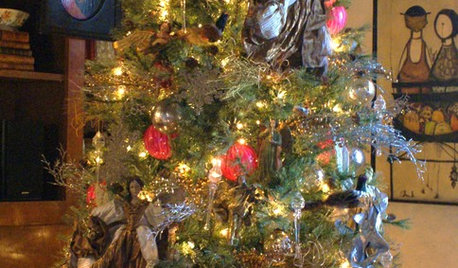Coyote renaissance?
tomtuxman
19 years ago
Related Stories

HOLIDAYSChristmas Tree Decorating the Painless Way
Holidays are for carols, not cussing. Make tree trimming less work and more fun with this guide at your side
Full Story
DOORSOpening Acts: Folding, Sliding and Pivoting Doors
Transform your space with glass doors that open dramatically to the breezes and the views
Full StorySponsored
More Discussions



patbooks
LNMP
Related Discussions
Boyfriend vetoes compost...HELP!
Q
What is typical for homes in your area?
Q
August Reading
Q
The (Cunningly Photographed) Summer Garden
Q
Sue_in_NYC
penny1947
gottagarden
hilomark
crankyoldman
shanachie1
strider1
strider1
Carol_from_ny
cats39
strider1
strider1
myadkgardens
strider1
tomtuxmanOriginal Author
bhrost
strider1
phade
phade
strider1
nnygardener
strider1
bhrost
strider1
Clar
lblack61
mountain_curmudgeon
dpinker1
kmloomis_zhighway_net
Chazy
BruMeta
kmloomis
nyssaman
lynnenychemung
pamghatten
janet123
lil_chick_lady
craig76
fel_greywolf
gusdog
penny1947
penny1947
ryan9
improv
wyags_ymail_com
in ny zone5
rosalinda_gw
penny1947